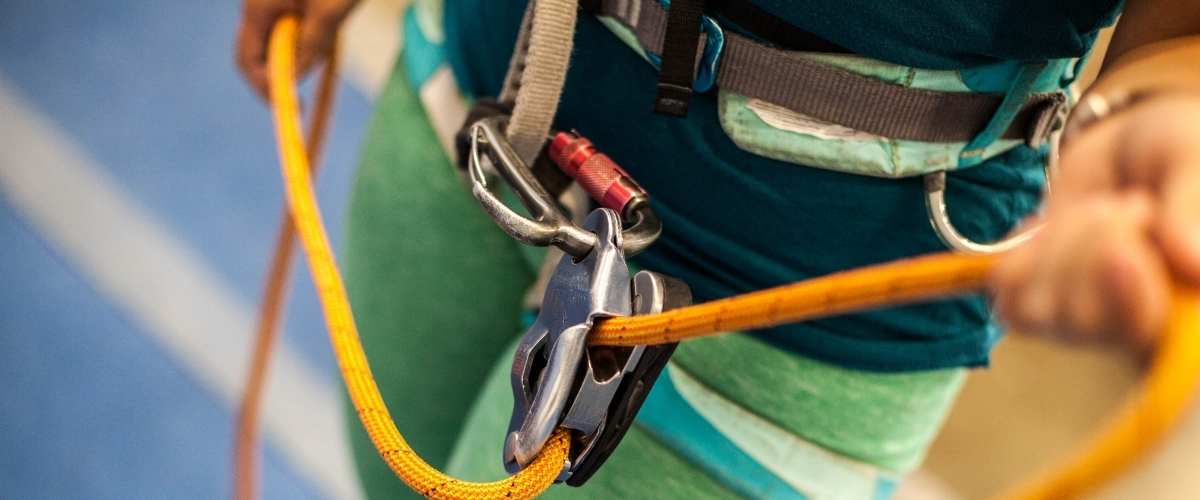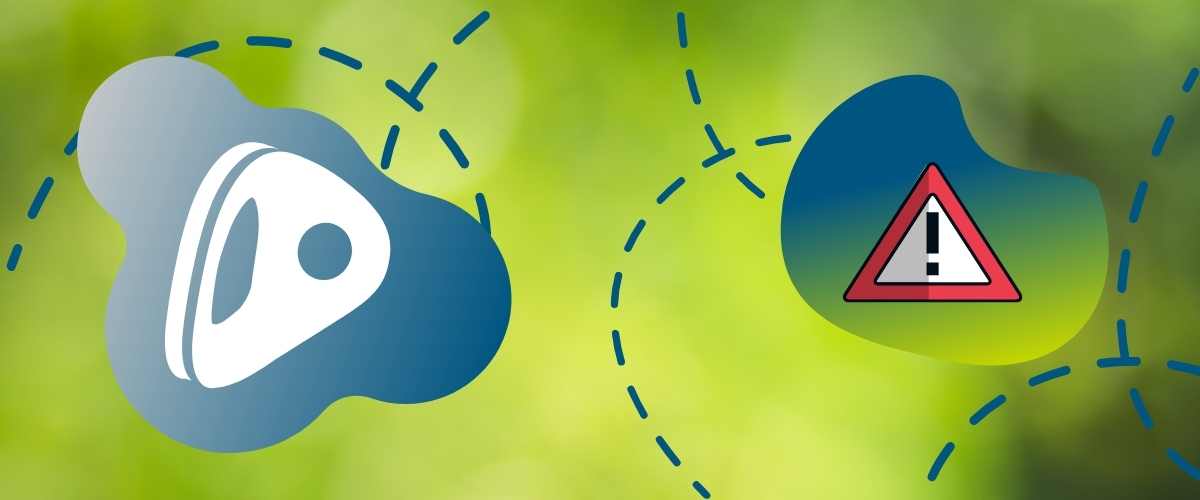Why Revisiting the Basics Is So Important in the COVID Era

There's no question that gym operation looks a little different nowadays. To curb the spread of COVID-19 while staying open, new approaches like reservation systems and sanitation stations have been implemented in climbing gyms everywhere. While these new safety protocols address the public health issue, they are forgetting another invisible danger: complacency.
Gym accidents are rare. Statistics say you are more likely to get injured in a car crash on your way to the gym than at the gym. Gym accidents, however, still happen.
The real danger isn’t just in novice climbers forgetting basics, but in experienced climbers who develop a false sense of security over the years.
Most gym accidents are preventable. Here are a few things to consider as climbers slowly return to the scene.
IT’S ABOUT THE PEOPLE
- Climbers who have taken a break from climbing might be rusty on their skills.
- The past year has been rough, we can all agree on that. More people may be mentally and emotionally exhausted than your average year.
- People are excited to return to their hobbies, to their community, and to a sense of normalcy. A task as simple as tying in, something that most climbers can do blindfolded, are not at the forefront of their minds. Buddy checks, something that climbers often do non-verbally, can easily be forgotten in the excitement of seeing their friends after a lockdown.
- Complacency has nothing to do with climbing experience. In fact, the more experienced a climber is, the more likely they are to be complacent.
- Ultimately, the climber’s safety is in the climber and their partner’s hands.

THE REMINDER
- Meet with the staff and ensure everyone is briefed about this topic. Remind everybody that complacency is the silent killer. Mistakes happen to everybody, not just novice climbers.
- Remind staff to watch out for errors while walking the floors.
- Many gyms are choosing to have new orientations, even for returning members, that include new COVID-19 health protocols and reservation requirements. Add the importance of self and buddy checks. Put the topic of climbing safety at the forefront of their minds the minute they return to climbing.
- While the process of buddy checks become less and less formal over time, it should never be overlooked.
- Put large and bold signage around the gym that guests can’t ignore such as:
- “Have You Clipped In?” signs at the base of auto-belays.
- “How To Do a Good Buddy Check” signs to help novice climbers remember safety checks and to remind experienced climbers to do them.
- Consider offering short refreshers for novice climbers returning to climbing.
YOUR TONE AND BODY LANGUAGE
Educate your staff on how to approach a climber who made a mistake:
- Dos:
- If the mistake is small, and there is no immediate danger, approach in a conversational manner rather than a confrontational one.
- If the mistake can lead to immediate danger, stop the climber(s) firmly and explain what’s wrong.
- Offer encouragement before criticism whenever possible.
- For example: “I’m glad to see you back in the gym, you’re looking strong! Don’t forget to do your buddy checks though – I noticed your carabiner is unlocked.”
- Don’ts:
- Yell loudly and startle the climber, especially if they’ve already started to climb.
- Shame the climber for their mistake.
- Use negatively charged words. For example: “It’s your fault.”
THE REMINDER, AGAIN
- Risk management is never a one-and-done topic.
- This is an ongoing process. Someone who returned to climbing last July will be different compared to someone who returned to climbing in January.
About the Author
 Holly grew up in Taiwan, a tropical island smaller than the state of Colorado where she often dreamed of living somewhere colder. She began working in publishing at a young age, authoring a National Best Seller in her home island at the age of 17 before moving across the Pacific to attend the University of California, Santa Cruz. Her professional interests lie in communications, brand strategy, and using written and visual storytelling to inspire creation and recreation.
Holly grew up in Taiwan, a tropical island smaller than the state of Colorado where she often dreamed of living somewhere colder. She began working in publishing at a young age, authoring a National Best Seller in her home island at the age of 17 before moving across the Pacific to attend the University of California, Santa Cruz. Her professional interests lie in communications, brand strategy, and using written and visual storytelling to inspire creation and recreation.
